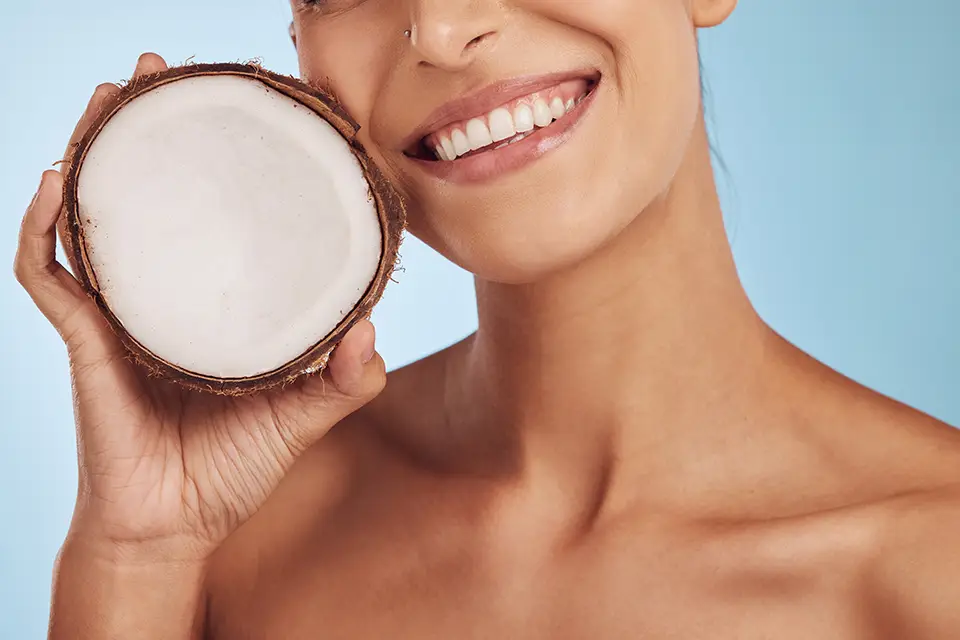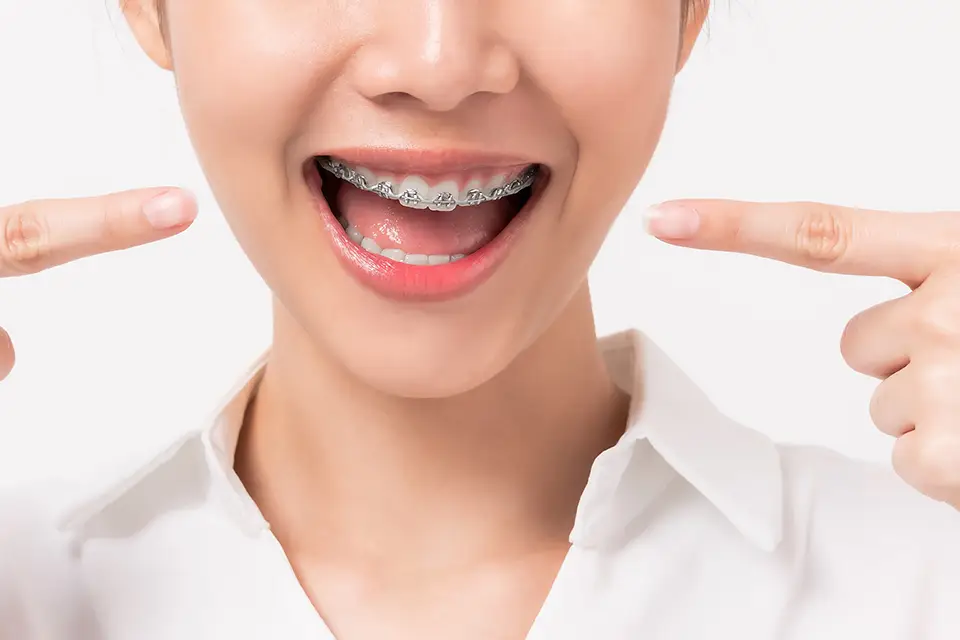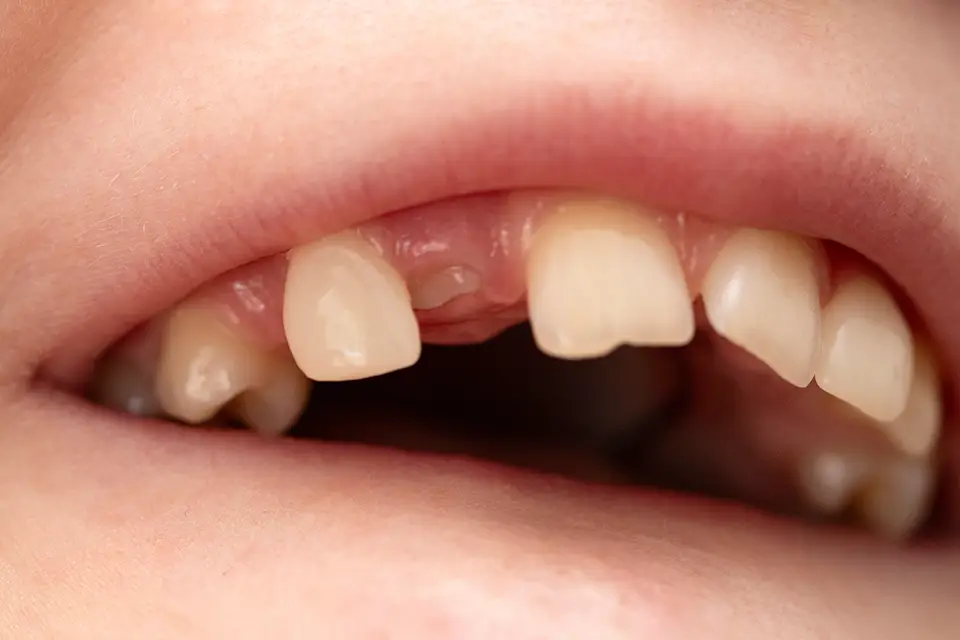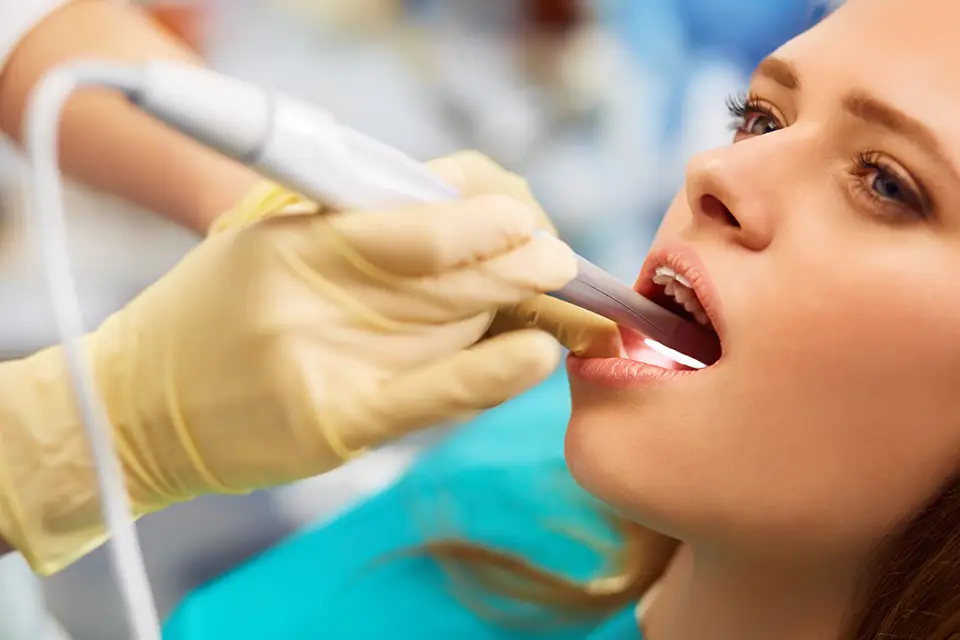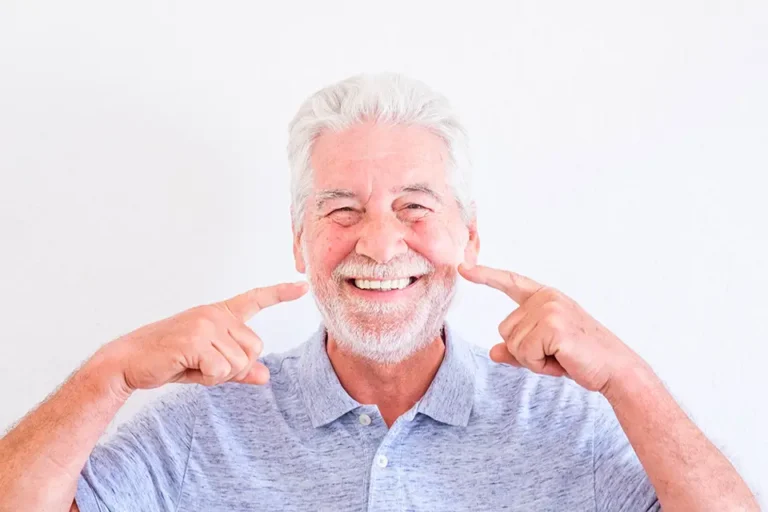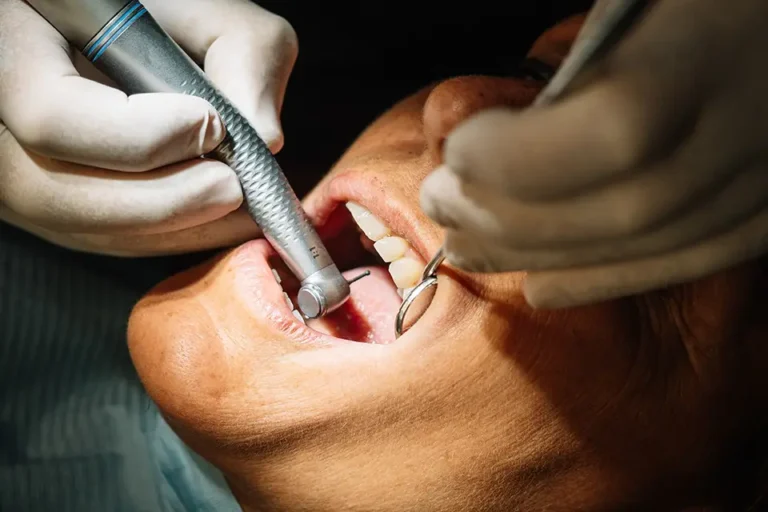You have probably noticed that many people are using braces to help with crooked teeth and misaligned bites. Although these corrective dental braces are conventional in the adolescence stage, adults are quickly adopting them. However, have you taken the time to ask yourself one fundamental question – do braces actually work?
Now, this is a question that has stirred up quite a debate in the recent past. Many people swear that braces have changed their lives, while others are skeptical about the subject. In this article, I will walk you through everything about them and how they work.
How Braces Work to Align Teeth
Understanding the way corrective dental braces work is the key to determining their effectiveness. First, we have to talk about the various parts of braces. Although these devices seem tiny, they contain lots of different components that work together. Below is a brief rundown of the different parts of braces.
- Brackets: These are the tiny square-shaped metal or ceramic links attached to each of your teeth. Each bracket includes a slot to hold and support the archwire.
- Archwire: The archwire connects the brackets. It is a thin, long piece of wire that helps pull the teeth together.
- Bonding Material: This is the glue that attaches the brackets to the teeth. The good news is that it is mouth-friendly.
- Ligature Elastic: Commonly known as ‘O-ring,’ they help connect the bracket and the archwire. The good news is that you get to pick the color. They, however, get switched at every orthodontist visit because they do a lot of heavy lifting.
- Spacers: Spacers are placed in between the individual teeth to pave the way for the bands to fit comfortably. They can be rather irritating and will take sometime before you get used to them.
- Orthodontic Bands: These are elastic bands that connect the archwire to each bracket. Their use is quite common when your teeth need a lot of straightening. Otherwise, you might not use them.
The Workings
Braces work by continuously applying pressure on the teeth. By doing this, they slowly encourage the teeth to move into their correct positions. The archwire is the main component that applies pressure on the teeth while the rest of the parts offer support.
Structures such as rubber pants are used by an orthodontist when you have particularly stubborn teeth. These structures increase the amount of pressure significantly.
Did you know that you can’t see your entire teeth when you open your mouth in front of a mirror? The only thing you see is the top and nothing else. The gum tissues cushion most of the teeth. Underneath the gums is a periodontal membrane that shields the lower part of your teeth.
They work by stretching out one side of the Periodontal Membrane, thus encouraging the teeth to move. The bands and bars will then create enough space that allows your teeth to move without causing any dangers.
The Myth to Do Braces really Work?
As stated earlier, dental corrective braces work. However, most individuals generally think that their teeth will remain straight forever after braces. This is a huge misconception that has had several individuals getting braces for a second or third time.
You need to consistently and correctly use a retainer after the treatment. Without doing so, your straight teeth will start shifting to their angular positions.
According to the Mayo clinic, it is quite effective for individuals using them. However, their effectiveness will vary depending on an individual’s ability to follow the provided instructions carefully. The use of a retainer is key among the orthodontist’s instructions.
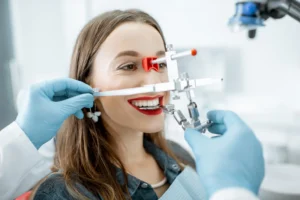
Types of Braces
Your orthodontist will recommend a specific type of braces depending on several factors. The orthodontist has to consider your age and whether or not you have an overbite as well. Understand that they are custom-made to suit each person.
Metal Braces
These are the most common type of braces that you will come across. The good news is that modern metal brackets are smaller. They use heat-activated archwires that get you fast results with reduced pain.
Although this type is quickly noticeable, it is the least expensive type. The color brands also allow children to express themselves.
Ceramic Braces
They have the same shape and size as the metal braces. But, the fact that they are clear or tooth-colored ensures that they are less noticeable. They blend with your teeth, thus ensuring that people can’t quickly notice them. Note that the ceramic braces need proper care to avoid staining.
Lingual Braces
The lingual braces are metal braces that are placed on the inside of the teeth. They are invisible from the outside but are more expensive and uncomfortable. The adjustment will also take longer than the traditional braces.
Invisalign
These are custom-made plastic aligners that resemble a mouth-guard. They are a series of about 18-30 aligners that need replacing every two weeks. Patients get to drink and eat whatever they want when using Invisalign. Understand that they are not of much help with severe dental problems.
Teeth Alignment
The decision to get your teeth aligned is personal. Many people tend to brush off the idea of getting teeth alignment due to a lack of dental health insurance or funds. A few health issues might also affect an individual’s decision about teeth alignment.
Misaligned teeth are difficult to clean because they tarp food, bacteria, and debris. Over time, you may start developing cavities. Aligned teeth help ensure that you can easily and quickly clean your teeth. Reducing the risk of tooth decay and gum disease is among the many reasons why people opt for teeth alignment.
Teeth alignment is achieved through either the use of aligners or braces. Your orthodontist will help you determine the most suitable method in your case.
Is the Process Painful?
Installing braces is not a painful procedure. You shouldn’t feel any sort of pain when your orthodontist is installing the braces. After initial placement, however, you might feel uncomfortable. Your mouth may also feel sore during the different adjustment visits to your orthodontist.
You may need to use over-the-counter pain killers such as Tylenol or Motrin in case you feel any sort of pain. You must talk to your orthodontist when you experience a lot of pain. The information will help make a few adjustments to ease the pain.
Generally, the pain of braces resembles that of a dull throbbing or soreness. Most people don’t feel any sort of pain during the procedure. The process is a little uncomfortable, but other than that; it is almost painless.
How Much Do Braces Cost
Braces will vary in price based on several factors. The inclusive price will range somewhere between $3,000 and $10,000. The good news is that you get several choices that can significantly lower the price.
Braces are rather expensive because they are customized to fit an individual. Understand that there is no one-size-fits-all that you can get at the local store. You also need an orthodontist to help maintain the braces once installed.
See: How much Braces cost in Houston, Texas
Average Cost of Braces by Type
Metal Braces
These are the go-to alternative when you are on a budget. They cost between $3,000 and $7,000, making them the least expensive option. It is an effective product that guarantees durability and gets the job done.
Ceramic Braces
These are the ideal braces for individuals who want a subtle solution. They are tooth-colored, thus ensuring people don’t easily spot them. They cost between $4,000 and $7,000.
Invisalign
These cost somewhere between $4,300 and $7,400. They are a preferred option because they can’t be spotted.
Lingual Braces
They are impossible to see and cost a fortune. Individuals need to part with between $8,000 and $10,000 to have these braces installed.
What does the Process Look Like?
The process of getting braces is rather simple and straightforward. Below is a step-by-step guide of the entire process if you are thinking about getting braces.
1. Referral
Your dentist will refer you to an orthodontist to get braces. Most people see dentists regularly, but hardly anyone goes to the orthodontist without a referral. The good news is that you can also set up an appointment with an orthodontist by yourself.
2. Consultation
The orthodontist will get to access your situation during the first meeting. The first consultation meeting is to help identify whether you will benefit from orthodontic treatment. Sometimes, your teeth are straight enough, and the treatment would be unsubstantiated. A mold of your teeth will help the orthodontist design the treatment
3. Designing Treatment
After the consultation, your orthodontist will start designing a treatment that fits your needs. As stated earlier, each treatment is different and unique. The mold from your teeth will help create the braces you need.
4. Placing the Braces
Placing the braces will take a lot of time because it involves several processes. The teeth need conditioning, and braces need cementing during this stage. Understand that the initial appointment will need a lot of time compared to future appointments.
5. Inserting the Wire
The wire is key to ensuring that the braces align your teeth into the correct position. Your orthodontist has to use exact measurements to ensure that the right amount of pressure is applied.
6. Oral Care Discussion
Your orthodontist will go into details about oral care. Understand that your teeth will need special attention after the procedure. You must use specific toothpaste and carry out proper cleaning.
7. Adjustments
An adjustment is usually made every three to four weeks. The new wire placed will have a different configuration than the previous one. It will also be slightly more robust, thereby causing a bit of discomfort.
Braces for Adults vs. Children
Although everybody can get braces, they are many benefits of starting the treatment as a child. The underlying tissues and jawline of adolescents are still moving, which makes it easier to achieve fast results.
During the earlier stages of life, the jawline is more flexible. Your teeth will respond to the treatment quickly and effectively. What this means is that adults will have a more extended treatment period when compared to children.
Note that the installation process for adults and children are similar in every way. The braces function in the same manner, and the treatment process remains the same. Adults should, however, consult their primary doctors first in case they have any underlying problems.
How to Care and Maintain Braces
Once you get braces, you have to avoid certain foods that easily stick between your gum line and the braces. Some of these foods include popcorn, chewing gum, and hard candy.
You also need to pay close attention to the number of starchy foods and sugary beverages in your diet. These foods will eat away the tooth enamel and slow down the treatment process.
While on braces, you will need to visit the orthodontist at scheduled dates. During the appointments, your orthodontist will access whether you are maintaining oral health as recommended. The ‘O-rings’ might need a few adjustments as well during the checkup.
How to Clean My Teeth while Having Braces
Oral health is an essential element once you have braces. You have to brush after every meal to reduce the chances of food getting lodged between the gums. Special floss makes it easy to clean around the braces at least twice a day.
A Waterpik flosser navigates around the braces quite easily and gets you exemplary results. You will also get to clean the hard to reach areas efficiently. An interdental toothbrush helps clean around and underneath brackets and archwires.
Ensure that you visit your dentist every six months for teeth cleaning. The cleaning appointment will help remove any food particles that you may have overlooked. The whole point is to avoid tooth decay while you have braces.
Conclusion
Braces put enough pressure on your jawline to ensure proper teeth alignment. Getting braces is not about just having a perfect smile, but also improving your overall health. Keep in mind that the treatment process will take some time. Contact Zara Dental in Houston, Texas today and schedule your braces consultation today!


